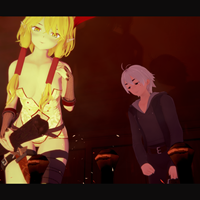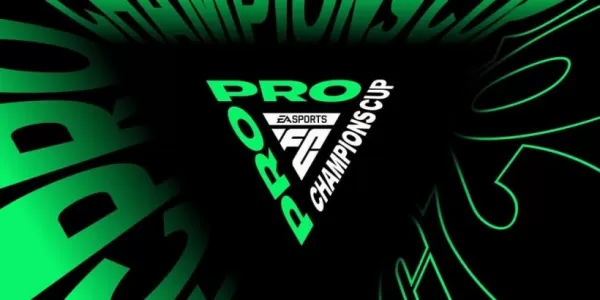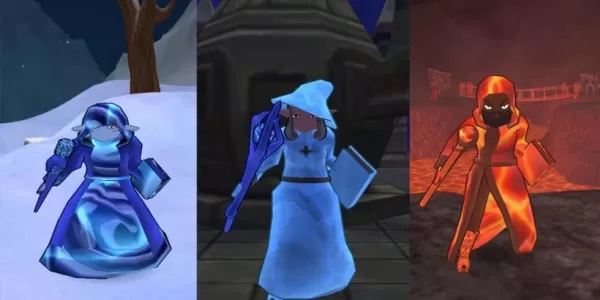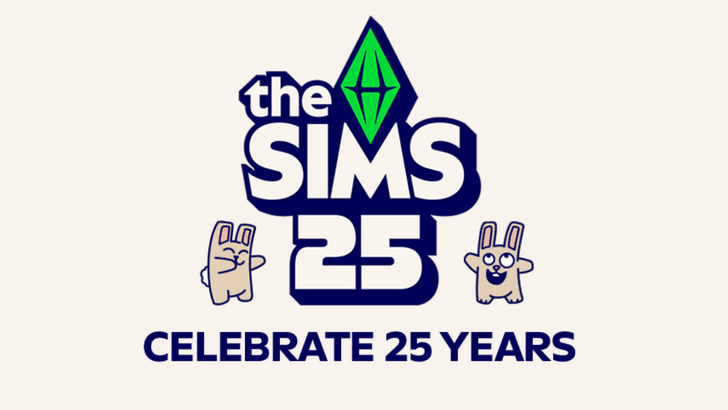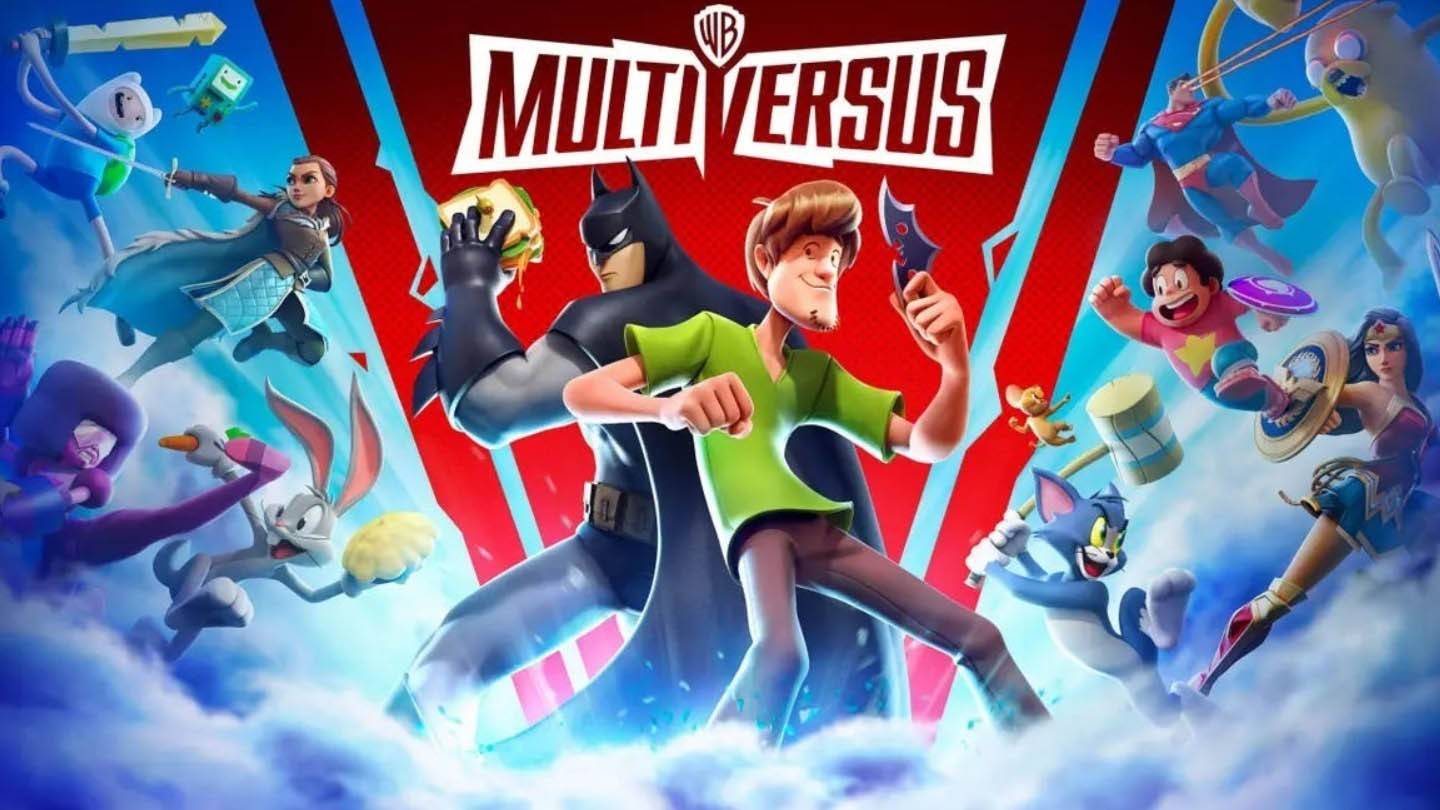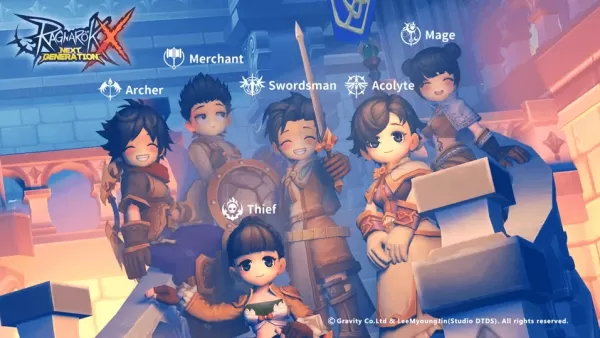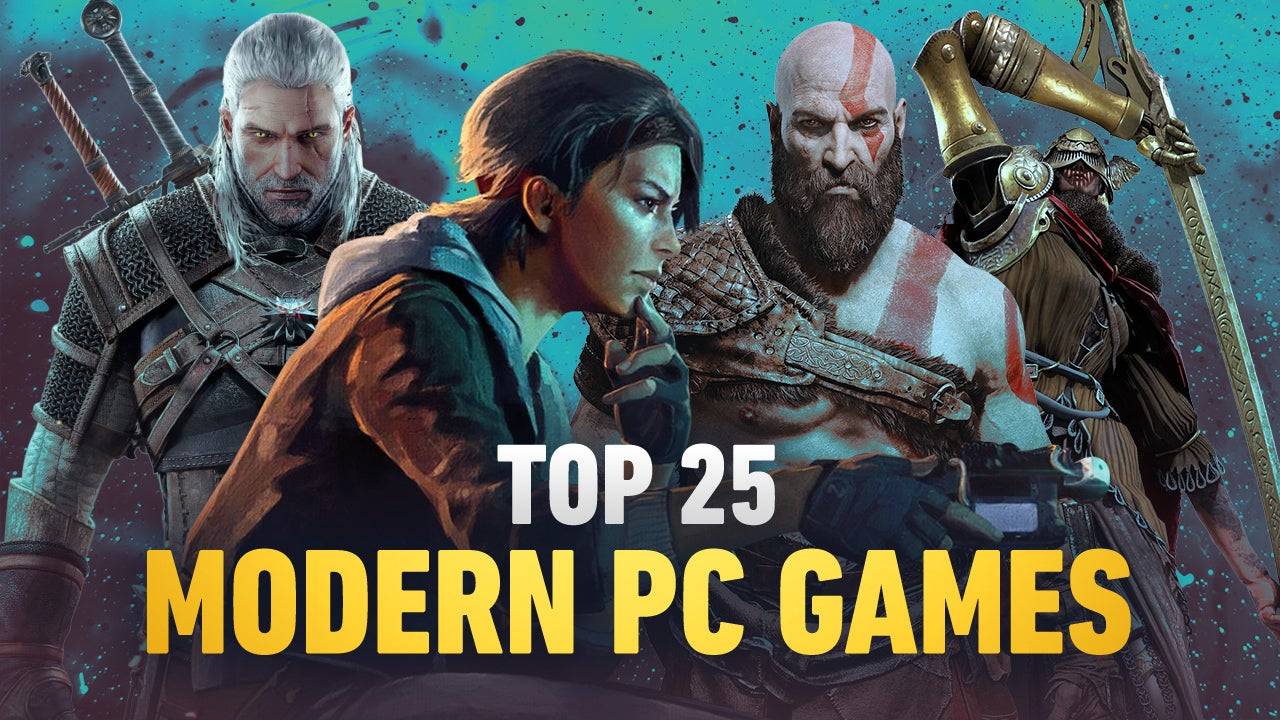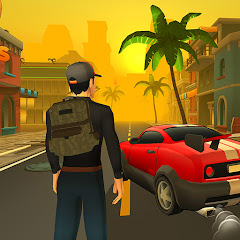Doom Enters Its Halo Era With Dark Ages
The last thing I expected Doom: The Dark Ages to remind me of was Halo 3. Yet, during a recent hands-on demo with id Software’s gothic prequel, I found myself mounted on the back of a cyborg dragon, unleashing a barrage of machine gun fire across the side of a demonic battle barge. After obliterating the vessel’s defensive turrets, I landed my beast atop the ship and charged through its lower decks, reducing the entire crew to a few gallons of red slop. Moments later, the warmachine was toast, and I burst through its hull, leaping back onto my dragon to continue my crusade against the machines of Hell.
Those familiar with Bungie’s landmark Xbox 360 shooter will instantly recognize the echoes of Master Chief’s assault on the Covenant’s scarab tanks. The helicopter-like Hornet has been replaced by a holographic-winged dragon, and the giant laser-firing mech swapped for an occult flying boat, but the essence of the experience remains: an aerial assault transitioning into a devastating boarding action. Surprisingly, this wasn’t the only Halo-esque moment in the demo. While the combat core of The Dark Ages is unmistakably Doom, the campaign’s design seems to embrace a late-2000s shooter vibe, featuring elaborate cutscenes and a push for gameplay novelty.
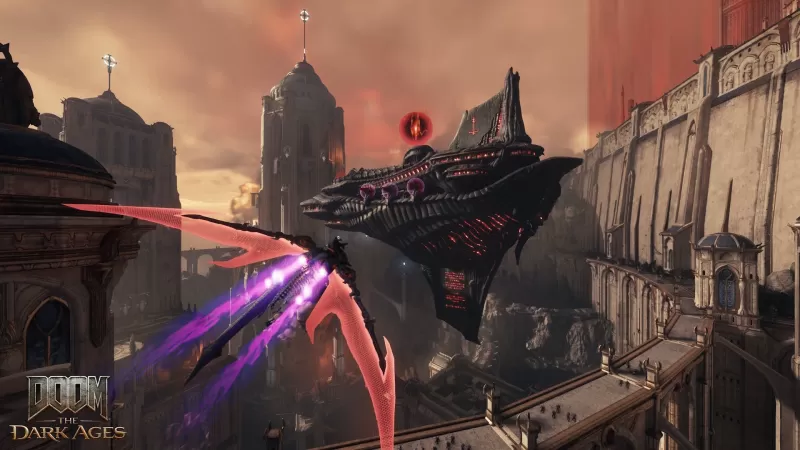
Across two and a half hours, I played four levels of Doom: The Dark Ages. Only the first, the campaign's opener, mirrored the tightly paced, meticulously designed levels of Doom (2016) and its sequel. The others had me piloting a colossal mech, flying the aforementioned dragon, and exploring a wide-open battlefield filled with secrets and powerful minibosses. This represents a significant departure from Doom’s traditional focus on mechanical purity, aligning more closely with games like Halo, Call of Duty, and even old James Bond titles like Nightfire, which thrive on scripted setpieces and novel mechanics that appear briefly.
This direction for Doom is fascinating, especially considering the series once took a sharp turn away from such elements. The cancelled Doom 4 was set to resemble Call of Duty, not just in its modern military aesthetic but also due to an increased emphasis on characters, cinematic storytelling, and scripted events. After years of development, id Software decided these ideas didn’t fit the series, opting instead for the more focused Doom (2016). Yet, in 2025, The Dark Ages reintroduces these elements.
The campaign’s rapid pace is punctuated with new gameplay ideas that echo Call of Duty’s most innovative sequences. My demo opened with a long and elaborate cutscene, reintroducing the realm of Argent D'Nur, the opulent Maykrs, and the Night Sentinels—the Doom Slayer’s knightly brothers-in-arms. The Slayer is depicted as a terrifying legend, a nuclear-level threat on two legs. While this lore will be familiar to Doom enthusiasts who have delved into the prior games’ codex entries, the deeply cinematic approach feels new and reminiscent of Halo. This continues into the levels themselves, where NPC Night Sentinels are scattered throughout, much like UNSC Marines. Although they don’t fight alongside you in the levels I played, there’s a stronger sense of being part of an army—like Master Chief, you’re the invincible spearhead of a larger force.
The introductory cutscene features significant character work, and it remains to be seen if this is what Doom needs. Personally, I preferred the subtle storytelling of the previous games, conveyed through environment design and codex entries, with cinematics reserved for major reveals, as seen in Eternal. However, the cutscenes in The Dark Ages serve their purpose well: they set up a mission and then step back, ensuring they don’t interrupt Doom’s intense flow.
There are other interruptions, though. After the opening mission, which starts with pure shotgun slaughter and ends with you parrying Hell Knights using the Slayer’s new shield, I was thrust into the cockpit of a Pacific Rim-like Atlan mech to wrestle demonic kaiju. Following that, I soared through the skies on the cybernetic dragon, taking down battle barges and neutralizing gun emplacements. These tightly scripted levels shift gears significantly, introducing gameplay ideas reminiscent of Call of Duty’s most novel sequences, such as Modern Warfare’s AC-130 gunship mission or Infinite Warfare’s dogfighting. The Atlan mech is slow and heavy, making Hell’s armies appear like Warhammer miniatures, while the dragon is fast and agile, offering a very different experience from classic Doom.
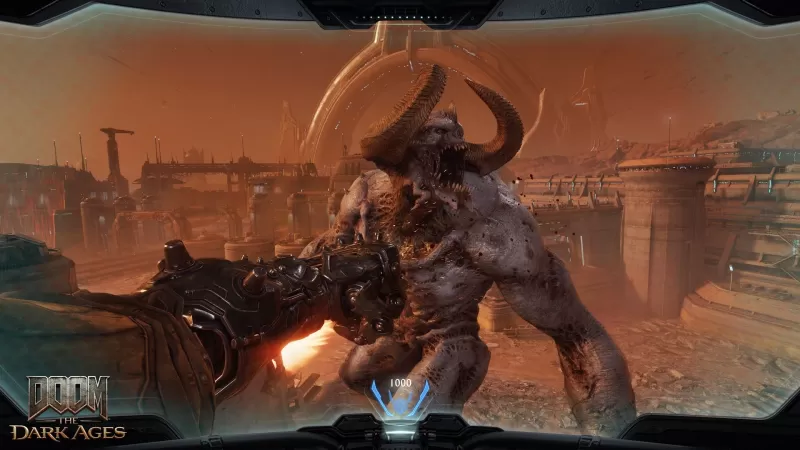
Many of the best FPS campaigns thrive on this kind of variety. Half-Life 2 and Titanfall 2 set the gold standard for it. Halo has endured partly because of its mix of vehicular and on-foot sequences, providing a rich texture. However, I’m unsure if this will work for Doom. As with Eternal, The Dark Ages remains a wonderfully complex shooter—every second demands your complete attention as you weave together shots, shield tosses, parries, and brutal melee combos. In contrast, the mech and dragon sequences feel anemic and overly controlled, almost resembling QTEs.
In Call of Duty, switching to a tank or a circling gunship works because the mechanical complexity isn’t far removed from the on-foot missions. But in The Dark Ages, there’s a clear divide between gameplay styles, akin to a middle school guitar student playing alongside Eddie Van Halen. While Doom’s core combat will always be the star, when I’m beating the snot out of a giant demon with a rocket-powered mech punch, I shouldn’t be wishing I was back on the ground with a double-barreled shotgun.
My final hour of play saw The Dark Ages shift into another unusual guise, but one built on a much sturdier foundation. “Siege” is a level that refocuses on id’s best-in-class gunplay, but it opens up Doom’s typically claustrophobic level design into a vast open battlefield, with geography shifting between narrow and wide to provide numerous pathways and combat arenas. The goal, to destroy five Gore Portals, echoes Call of Duty’s multi-objective, complete-in-any-order missions, but it also reminded me of Halo—the grand scale of this map versus the tighter routes of the opening level evokes the contrast between Halo’s interior and exterior environments. The novelty here is that the excellent core shooter systems are given new context in much larger spaces, requiring you to rethink the effective range of every weapon, use your charge attack to close football field-length distances, and employ the shield to deflect artillery from oversized tank cannons.
Expanding Doom’s playspace can make things feel a bit unfocused—I found myself backtracking and looping through empty pathways, which disrupts the pace. I would have liked to see The Dark Ages incorporate the dragon more, using it like a Halo Banshee to fly across the battlefield, raining down fire before divebombing into a miniboss battle, to maintain the pace and make the dragon feel integral to the experience. If such a level exists beyond what I’ve seen, I’ll be very happy.
Despite the overall shape of the full campaign, I am fascinated by how much of what I’ve seen feels like a resurrection and reinterpretation of ideas once considered a poor fit for the series. Very little of the cancelled Doom 4 was released to the public, but a 2013 Kotaku report described it as having “a lot of scripted set pieces,” including an “obligatory vehicle scene.” That’s precisely what we see in the Atlan and dragon sections—mechanically simple, scripted sequences reminiscent of Xbox 360-era shooters.
In a 2016 Noclip interview, id Software’s Marty Stratton confirmed that Doom 4 “was much closer to something like [Call of Duty]. A lot more cinematic, a lot more story to it. A lot more characters around you that you are with throughout the course of the gameplay.” All that was scrapped, making it genuinely fascinating to see so much of it return in The Dark Ages. This campaign is set to feature big boarding action setpieces, lushly rendered cinematics, a much wider cast of characters, and significant lore reveals.
The question now is: were those ideas always a bad fit for Doom, or were they just a bad idea when they looked too much like Call of Duty? Part of me is as skeptical as the fans who once decried “Call of Doom,” but I’m also excited about the idea of id Software making this approach work by grafting it onto the now-proven modern Doom formula.
The beating, gory heart of The Dark Ages remains its on-foot, gun-in-hand combat. Nothing in this demo suggested that it won’t be the centerpiece, and everything I played affirms it's another fantastic reinvention of Doom’s core. I believe that alone is strong enough to support an entire campaign, but id Software clearly has other plans. I’m surprised that some of the studio’s new ideas feel mechanically slim, and I am concerned that they might feel more like contaminants than fresh air. However, there’s still much more to see, and only time will contextualize these fragmented demo missions. I eagerly await May 15th, not just to return to id’s unrivaled gunplay, but to satisfy my curiosity. Is Doom: The Dark Ages a good late-2000s FPS campaign or a messy one?



